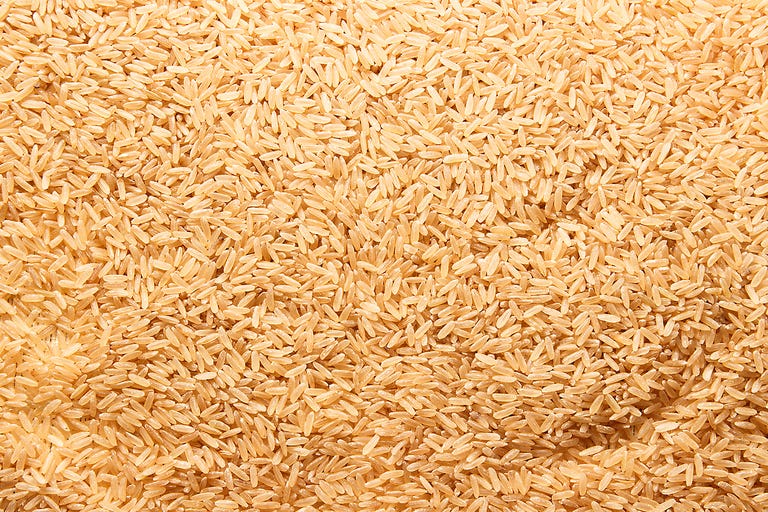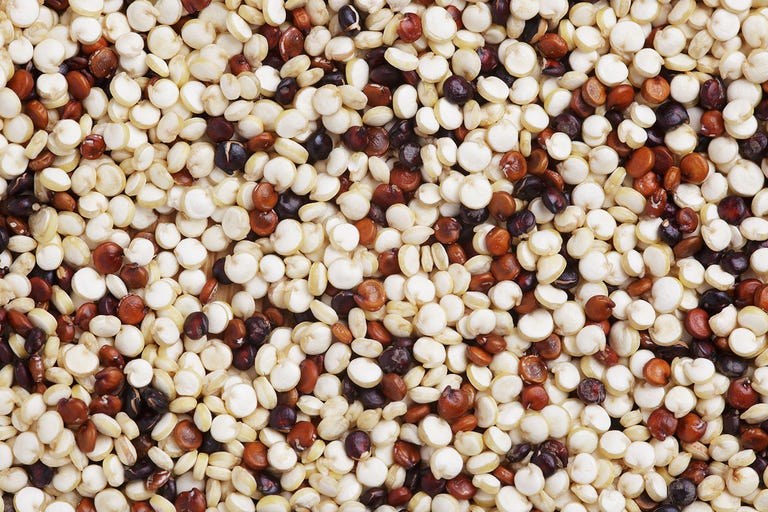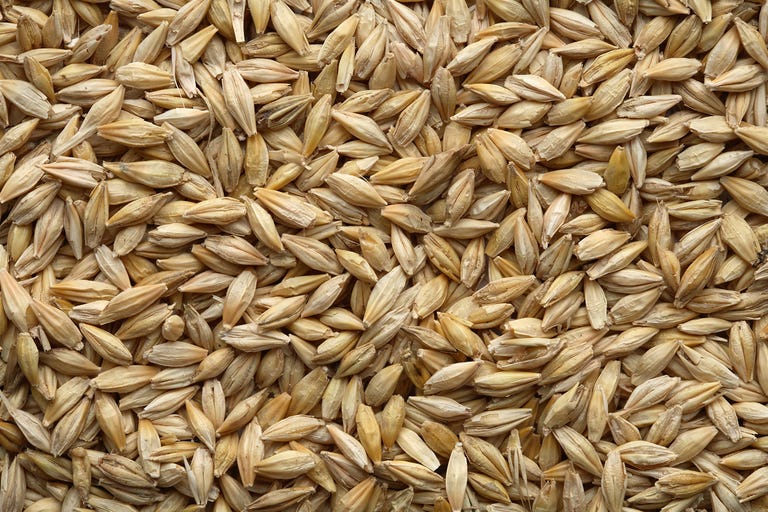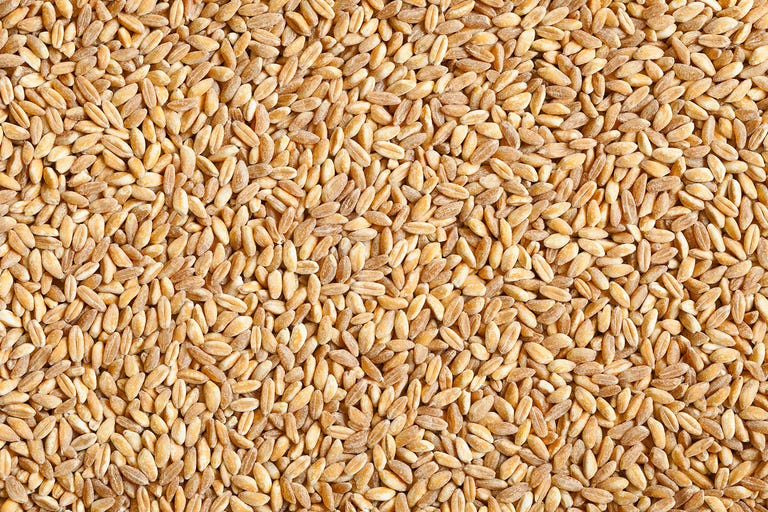The Best Whole Grains That Don’t Taste Like Cardboard
We all get it: Whole grains are good for you. They protect your heart, reduce your cancer risk, shrink your waistline, and keep you full. But why do so many of the whole-wheat options out there (I’m looking at you, whole-wheat spaghetti!) taste so blah?
Thankfully, whole grains go way beyond sad, cardboard-imitating pasta. Basically, a whole grain is any grain that contains all three original parts of the grain (the bran, endosperm, and germ), says Jill Merkel, R.D., a sports performance and wellness dietitian at Nutrition for Endurance. “They provide carbs, protein, fiber, vitamins, minerals, antioxidants, and healthy fats,” she says. Meaning if you really hate whole-wheat stuff, there are other healthy whole grain foods out there for you.
Check out this whole-grains foods list for easy reference on your next trip to the grocery store:

Getty Images
Switching from white to brown rice is an effortless way to sneak in more fiber, vitamins, and minerals. Plus, it certainly doesn’t hurt that it’s super inexpensive. Prepare a batch at the beginning of the week and pair it with lean protein and a variety of sautéed veggies.
Per 1-cup serving (cooked): 248 calories, 2 g fat (0 g sat fat), 52 g carbs, 1 g sugar, 8 mg sodium, 3 g fiber, 6 g protein

Getty Images
Merkel says the trendy whole grain (which is technically a seed, but apparently still counts) is like brown rice but even higher in protein, so it gives you more nutritional bang for your buck. That makes it an especially great choice for vegetarians, she adds.
Per 1-cup serving (cooked): 222 calories, 4 g fat (0 g sat fat), 39 g carbs, 0 g sugar, 13 mg sodium, 5 g fiber, 8 g protein

Getty Images
Oats are a great source of fiber, keeping you full for a longer period of time, according to Merkel. Try steel-cut oats in the morning to help power you through until lunch (but be careful not to sabotage its benefits with an overabundance of sugar-laden toppings like dried fruit and maple syrup).
Per 1-cup serving (uncooked): 307 calories, 5 g fat (1 g sat fat), 55 g carbs, 1 g sugar, 5 mg sodium, 8 g fiber, 11 g protein

Getty Images
Thanks to its hearty and nutty flavor, barley is the perfect addition to soups, skillet dishes with vegetables, or any type of dish that normally requires rice or grains, according to Merkel. She typically uses pearled barley, which doesn’t require soaking prior to cooking.
Per 1-cup serving (cooked): 193 calories, 1 g fat (0 g sat fat), 44 g carbs, 0 g sugar, 5 mg sodium, 6 g fiber, 4 g protein

Getty Images
Given its high protein and fiber content relative to other whole grains, Merkel cites farro as a great way to feel satisfied after eating. You’ll feel more energized since it takes your body longer to break down and digest both its protein and fiber.
Per 1/2 cup serving: 320 calories, 2 g fat (0 g sat fat), 66 g carbs, 2 g sugar, 20 mg sodium, 6 g fiber, 10 g protein
Source: Read Full Article


